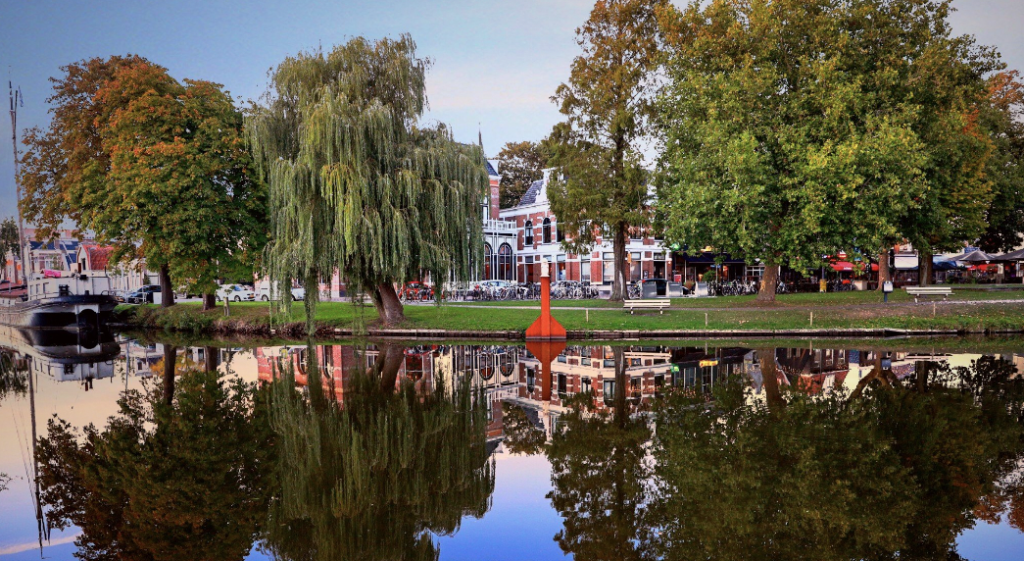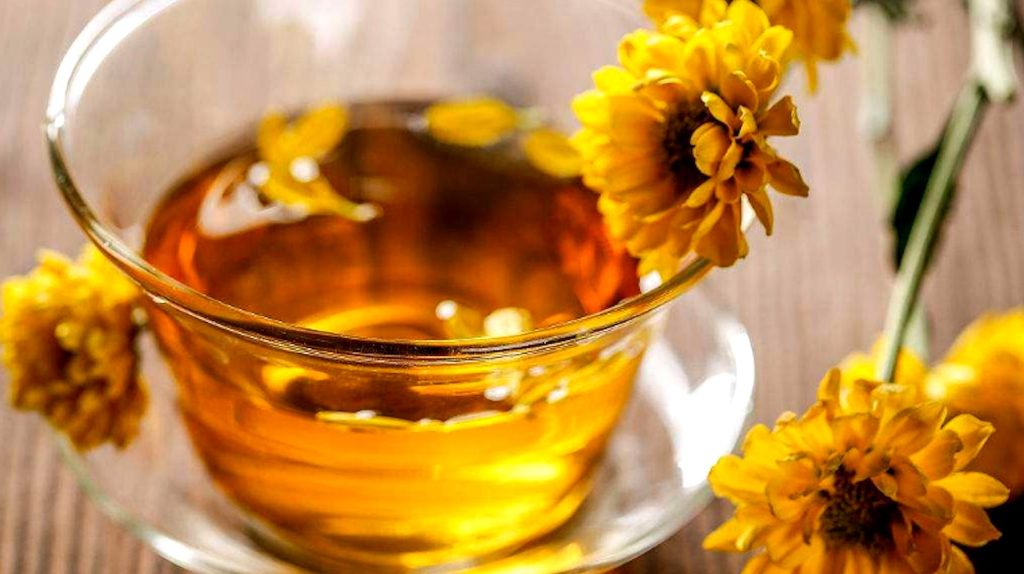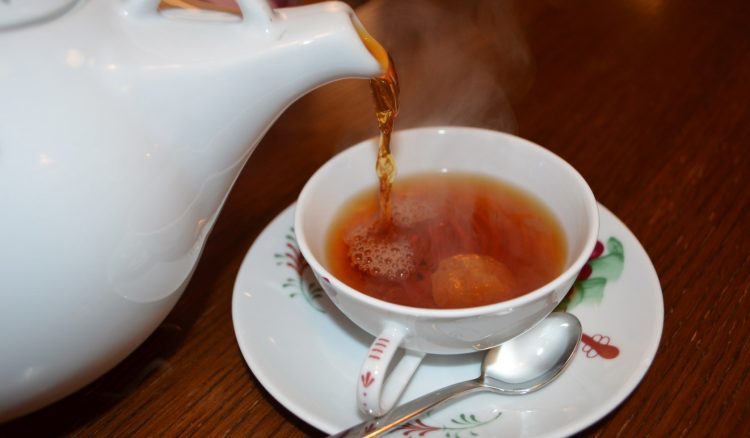A Historical Sip of Tradition
As I navigated the autobahns of East Frisia on a day graced by clear skies, a landscape reminiscent of the Netherlands unfurled before me: canals slicing through vast plains, windmills turning lazily, cattle and sheep grazing on verdant pastures. Tea plantations were conspicuously absent, yet upon entering the towns, with their neat or winding streets, the presence of tea was undeniable. Advertisements boasting the East Frisian tea tradition, statues of women holding cups and teapots, and a succession of tea rooms and shops affirmed, without a doubt, that I had entered a land steeped in tea culture.
“The comfort of East Frisia is a well-prepared cup of tea.” This local adage, emblematic of the region’s hospitality, greeted me as I was invited to partake in the local tea ceremony by friends.

Ceremony in Every Cup
In East Frisia, the act of drinking tea is a ceremonial affair. Settling down, I watched as the tea master prepared the Dresden porcelain, rock sugar, and cream – the essential elements of the ritual.
The brewing begins with a precise measurement: 8 to 10 grams of tea leaves per liter, infused in boiling water for about four minutes, then placed on a warmer. The soft water of East Frisia, gentler than in other regions of Germany, coaxes out the tea’s aromatic bouquet.
Once brewed, the tea master selects a large piece of rock sugar with tongs, placing it into a delicate porcelain cup adorned with the red East Frisian rose. The hot tea is poured over the sugar until it crackles and breaks apart. Cream is then carefully drizzled along the inner edge of the cup, sinking to the bottom before rising to create a cloud-like pattern.
The moment of enjoyment arrives. I’m instructed not to stir, to savor the layered experience: the milky sweetness on the lips, the bitter notes of the tea mid-sip, and finally, the sweet base of sugared tea.
A Six-Cup Daily Tradition
This distinctive method of tea consumption harks back to a time when rock sugar was a rare and costly commodity. Stirring would hasten its dissolution, so this technique evolved to prolong the enjoyment of its flavor.
The spoon on the saucer serves as a silent communicator of the drinker’s intent – to signal the end of tea consumption, one simply places it in the empty cup. Yet, in East Frisia, there’s a saying, “Three cups are the law of the land.” Hosts are expected to offer at least three cups of tea, and guests are to drink with gusto, for refusal is seen as impolite.
Tea is not merely a beverage in East Frisia; it’s a cornerstone of social life. Traditional tea times extend beyond meals to include a mid-morning break and a late-evening cup, with the afternoon tea around 3 p.m. being a pivotal social event.
Louisa, a local primary school teacher, shared that the ritual of tea begins early in life. She recalled her first taste of East Frisian tea as a toddler, eagerly anticipated by her grandparents. By daycare age, tea times were scheduled thrice daily, and school curricula included lessons on tea history and brewing techniques.

Weekend visits to elders invariably include tea sessions, and tea sets are cherished wedding gifts for young women. Local businesses prefer tea over wine for events, ensuring a sober and convivial atmosphere.
East Frisia’s tea culture has even garnered recognition from the German government. When British royalty visited Berlin’s Bellevue Palace, East Frisian tea was featured on the state banquet menu.
The Quintessential East Frisian Blend
In 2021, after a comparative study of international data, industry bodies in Germany crowned East Frisians as the “world champions of tea drinking.”
Curious about the depth of this tea culture, I visited a local tea museum. The tradition, I learned, dates back to the 17th century when the first Chinese tea leaves were brought by the Dutch and quickly became the beverage of choice among the affluent East Frisians, who prized it for its health benefits.
The popularity of tea led to a decline in alcohol consumption, prompting local authorities to enact laws to curb tea drinking through taxation. But instead of dampening the enthusiasm, such measures fueled a robust tea culture, even sparking what came to be known as the “Tea Wars.”
As the British began cultivating tea in India, making it more affordable, the East Frisian tea ceremony flourished. Numerous tea trading companies and brands emerged, many of which operate to this day, developing what is now revered as the “genuine East Frisian blend.”
This blend, a robust amalgamation of strong black teas, is the result of meticulous craftsmanship. Tea masters taste hundreds of varieties to create the perfect mix, resulting in a bright, malty beverage that is a feast for the senses.





















